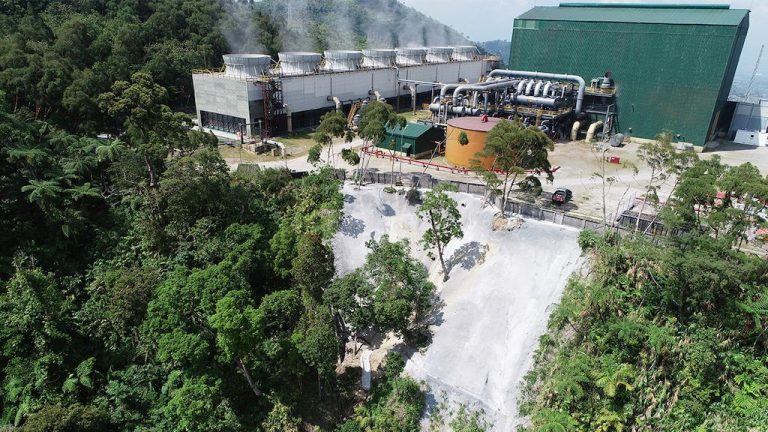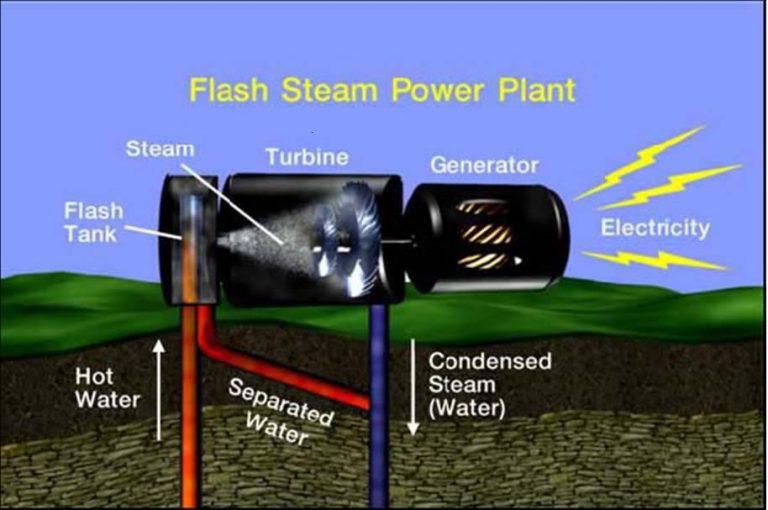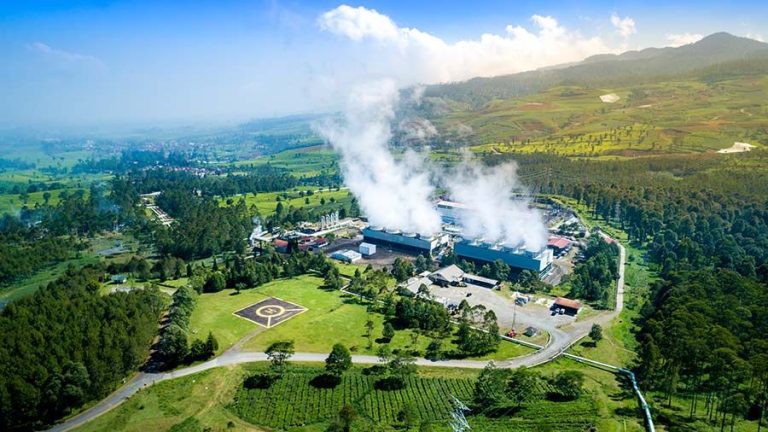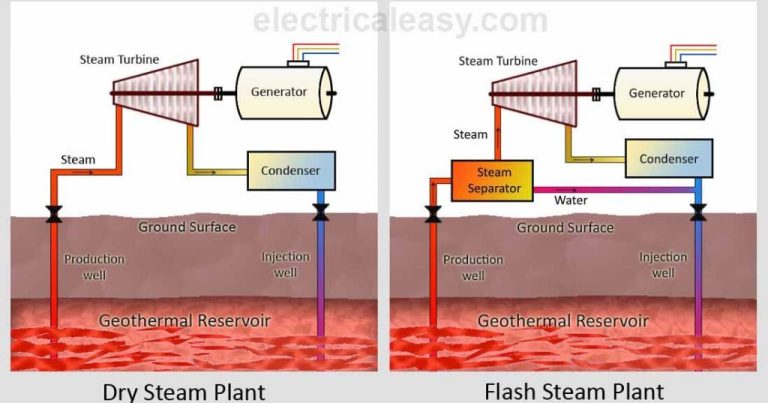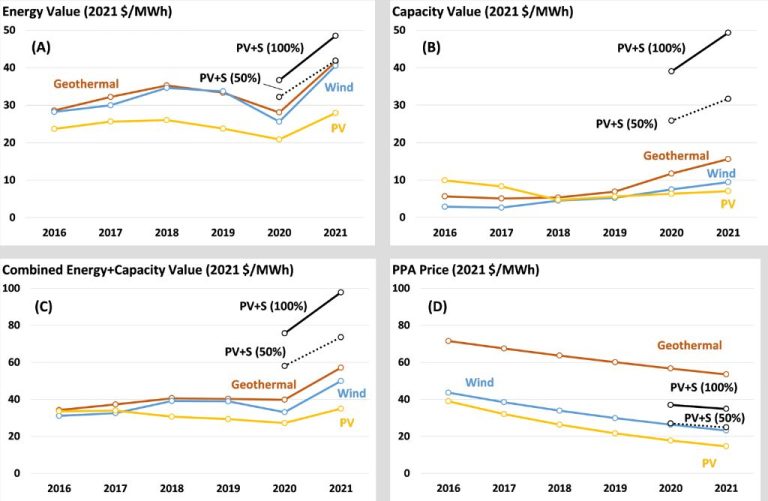What Does Gpe Stand For In Energy?
GPE stands for gravitational potential energy, an important concept in physics and engineering dealing with energy. GPE refers to the potential energy an object possesses due to its position in a gravitational field. In simpler terms, GPE relates to the amount of stored energy an object has because of its height above the ground.
The concept of GPE allows us to calculate the amount of energy an object can provide when it falls from a height. This helps engineers design dams, calculate rocket trajectories, and understand many other real-world systems. GPE is tied to the mass of an object, its height above an arbitrary reference point (often the ground), and the strength of gravity. Understanding GPE is key for making predictions in physics and engineering problems dealing with objects moving in gravitational fields.
Formula for GPE
Gravitational potential energy (GPE) is the energy stored in an object due to its position or height. The formula for calculating GPE is:
GPE = mgh
Where:
- m = mass of the object (in kilograms)
- g = acceleration due to gravity (9.8 m/s2 on Earth)
- h = height of the object (in meters)
So in plain language, GPE is calculated by multiplying an object’s mass, the acceleration due to gravity, and the object’s height above some reference point. The higher the object is above the reference point, the greater its GPE.
Factors Affecting GPE
There are three main factors that affect an object’s gravitational potential energy (GPE):
Mass
GPE increases with increasing mass. The more massive an object is, the more GPE it will have at a given height. This is because GPE is directly proportional to mass – doubling the mass of an object doubles its GPE.
Height
GPE increases with increasing height. The higher an object is above the ground, the more GPE it has. This is because GPE depends on vertical position – the higher up an object is, the more energy is required to raise it to that height against gravity.
Gravity
The strength of gravity affects GPE. Stronger gravitational fields result in more GPE at a given height. This is because GPE depends on the gravitational field strength – on planets/moons with higher surface gravity, objects gain more GPE when raised the same distance.
Examples of GPE
Some common examples of gravitational potential energy in action include:
Hydroelectric Dams
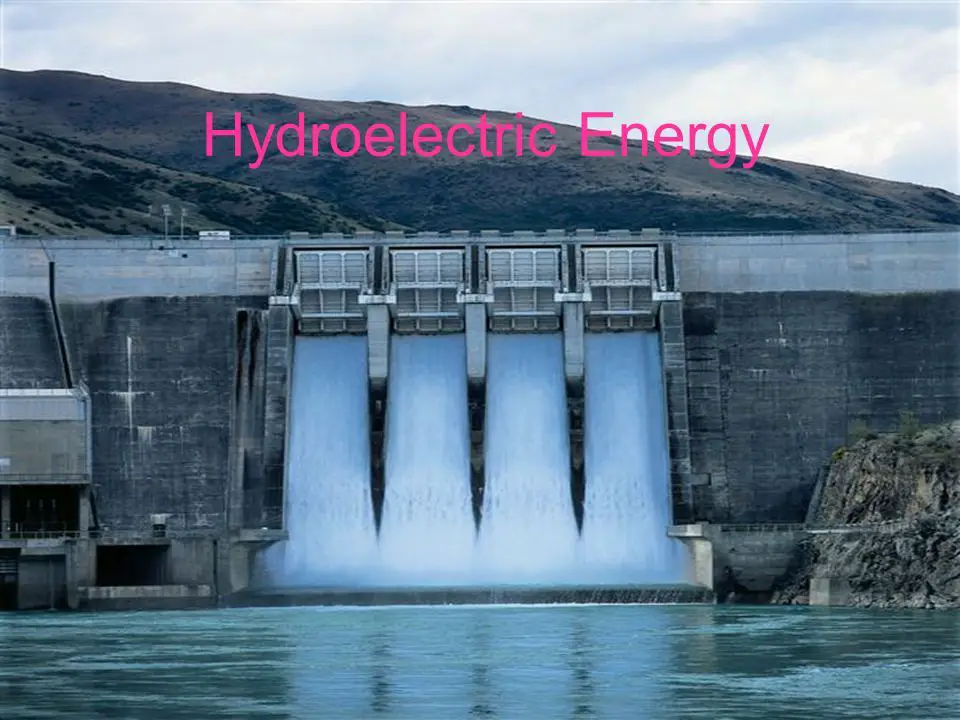
Hydroelectric dams use the GPE of water held behind the dam. As the water flows down through the dam, the GPE gets converted into kinetic energy and then into electrical energy by turbines. The higher the dam, the more GPE the water has to begin with.
Pumped Storage
Pumped hydro storage facilities pump water uphill into a reservoir during off-peak electricity demand. This stores GPE for later use. During peak demand, the water is released back downhill through turbines to generate electricity.
Rollercoasters
The clicks and clacks of rollercoaster hills converting GPE to kinetic energy and back again make for an exciting ride. When the rollercoaster carts start at the top of a hill, they have maximum GPE. As they descend, the GPE gets converted into kinetic energy, speeding the carts up. At the bottom of the hill, all the GPE is spent and the carts only have kinetic energy. Then as the carts climb the next hill, they slow down as the kinetic energy is converted back into GPE.
GPE and Conservation of Energy
GPE is closely related to kinetic energy and the principle of conservation of mechanical energy. Conservation of mechanical energy states that in a closed system without any outside forces, the total mechanical energy remains constant. Mechanical energy is the sum of an object’s kinetic energy and potential energy.
Kinetic energy (KE) is the energy an object has due to its motion. Potential energy is stored energy due to an object’s position or chemical configuration. There are different types of potential energy, including gravitational potential energy (GPE) and elastic potential energy.
GPE relates to KE in that an object at a higher position has more GPE and less KE. As the object falls, its GPE is converted to KE. The total mechanical energy remains constant, obeying the law of conservation of energy.
For example, consider a ball held at a height h above the ground. At this height, the ball has GPE equal to mgh, where m is its mass and g is the gravitational acceleration. If the ball is dropped, its GPE decreases while its KE increases. When the ball hits the ground, all of its initial GPE has been converted to KE. The total energy before and after the drop is the same.
Understanding the exchange between GPE and KE is very useful in physics and engineering applications. Devices like roller coasters and hydroelectric dams rely heavily on conversions between GPE and KE. Overall, GPE and conservation of mechanical energy are fundamental concepts in classical mechanics.
GPE Graphs
GPE curves and graphs are visual representations of an object’s gravitational potential energy over distance or height. They illustrate how GPE changes based on an object’s mass, height, and gravitational field strength.
The most common type of GPE graph plots potential energy (PE) on the vertical y-axis and height (h) on the horizontal x-axis. As an object is raised in a gravitational field, its height increases and so does its GPE. This results in an upward sloping curve, since GPE = mgh (mass x gravitational field strength x height).
The slope of the GPE curve represents the gravitational field strength. A steeper slope indicates stronger gravity and a greater rate of increase in GPE with height. The curve’s intercept reflects the object’s potential energy at zero height – which is zero, since GPE is defined relative to a reference point.
You can also graph an object’s kinetic energy (KE) on the same axes. As the object falls, its GPE is converted to KE, so the KE curve slopes upward as GPE slopes downward. The sum of GPE and KE stays constant, demonstrating conservation of total mechanical energy.
By analyzing GPE graphs, you can determine how much potential energy an object possesses at a given height based on its mass and the strength of gravity. The curves illustrate the energy exchanges and transformations occurring due to changes in height within a gravitational field.
GPE Calculations
To calculate gravitational potential energy (GPE), you need to know an object’s mass, gravity (g) and height (h). The formula is:
GPE = mgh
Where:
- m = mass in kg
- g = acceleration due to gravity (9.8 m/s2 on Earth’s surface)
- h = height in meters
Some examples of calculating GPE:
- For a 5 kg book sitting on a desk 2 m high:
GPE = (5 kg)(9.8 m/s2)(2 m) = 98 J - For a 75 kg person standing at the top of a tall building 300 m high:
GPE = (75 kg)(9.8 m/s2)(300 m) = 221,500 J - For a 1000 kg elevator that moves up 50 floors, with each floor 3 m high:
GPE = (1000 kg)(9.8 m/s2)(50 floors)(3 m/floor) = 1,470,000 J
You can calculate GPE for any object and height by plugging the values into the mgh formula. This allows you to quantify the potential energy stored in systems due to gravity.
Applications of GPE
Gravitational potential energy (GPE) has many important applications in engineering and technology. Here are some of the main ways GPE is utilized:
Hydropower
Hydropower plants convert the GPE of falling or flowing water into electricity. The water stored behind dams is allowed to fall through turbines, spinning them to generate power. The higher the reservoir and greater the water flow, the more GPE is available to be converted into electricity.
Pumped Storage Systems
These systems pump water up into an elevated reservoir when electricity demand is low. Then when demand is high, the water is released to flow downhill through turbines, generating electricity on demand. They effectively store GPE in the reservoir to balance the electrical grid.
Rooftop Gravity Light
This lighting system converts GPE into light by lifting a weight which then slowly falls, turning a gear system to produce light. It takes advantage of GPE to provide lighting without electricity.
Roller Coasters
Roller coasters utilize the GPE of the cars as they reach the top of hills to provide kinetic energy for exciting downhill rides. Engineers carefully design the hills and drops to maximize thrills.
Space Launches
Rockets use propulsion to reach heights where they have built up GPE, which can then be converted to kinetic energy to escape Earth’s gravity and reach orbital velocities. The extra GPE helps provide the high speeds needed to enter orbit.
Frequently Asked Questions
Here are some common questions about gravitational potential energy (GPE):
What is GPE?
GPE is the potential energy an object has due to its position in a gravitational field. The higher up an object is, the more GPE it has. When the object falls, GPE gets converted to kinetic energy.
What factors affect an object’s GPE?
GPE depends on two main factors:
- Mass – Heavier objects have more GPE.
- Height – The higher up an object is, the more GPE it has.
How is GPE calculated?
GPE is calculated using the formula: GPE = mgh
Where m is mass, g is the gravitational acceleration (9.8 m/s2 on Earth), and h is the height of the object.
What are some examples of GPE in everyday life?
Some everyday examples of GPE include:
- A book on a high shelf has more GPE than a book on a low shelf.
- Water at the top of a waterfall has more GPE than water at the bottom.
- A skier at the top of a slope has more GPE than at the bottom.
How is GPE related to conservation of energy?
GPE follows the law of conservation of energy. When an object falls, its GPE gets converted into kinetic energy. The total amount of energy stays constant.
Conclusion
GPE, which stands for gravitational potential energy, plays an important role in physics and engineering. GPE represents the energy an object possesses due to its position in a gravitational field. The key points about GPE are:
– GPE is directly proportional to an object’s mass and height above a reference point. The formula is GPE = mgh, where m is mass, g is gravitational acceleration, and h is height.
– GPE depends on the strength of gravity and the object’s vertical position. Moving an object upward increases its GPE, while letting it fall reduces GPE.
– GPE is a store of mechanical energy that can be converted to kinetic energy. This allows GPE to power processes like hydropower generation.
– According to the law of conservation of energy, the total mechanical energy in a closed system remains constant. This means gains in GPE result in equal losses in kinetic energy.
– GPE graphs and calculations let us quantify changes in potential energy for real-world applications in physics and engineering.
In summary, GPE is a key energy concept governing motion under gravity. Understanding GPE allows predicting object motion and designing devices that harness gravitational force.

